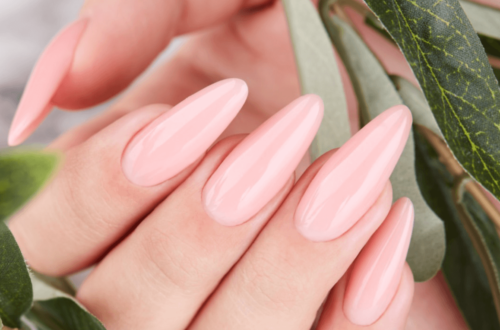Courtroom Fashion
If you recently suffered damages at the hands of another party due to recklessness or negligence, you might be interested in filing a claim against them. In most cases, these suits will be settled outside of court. However, that isn’t always the case. If the other party is unwilling to agree to the terms of the settlement proposed by your lawyer, you’ll need to bring the case in front of a judge.
If you’ve never gone to court before, the prospect might seem a bit intimidating; for example, what should you wear? You might assume your outfit won’t be that important, but the reality is, your attire is often responsible for the first impression you cast on the judge. And because you want to win, it’s important this impression is a good one. Luckily, there are a few tried and true courtroom fashion rules attorneys recommend to their clients, so consult the guide below to learn more and ensure a successful outcome.
3 Fashion Tips Attorneys Recommend to Help You Win Your Case
1. Keep It Tidy
You want to convey to the judge that you’re calm, cool, collected, and well prepared. An outfit covered in wrinkles, stains, rips, or loose threads, on the other hand, conveys the opposite—this may come across as disheveled, irresponsible, chaotic, and messy. And that’s not the message you want to send with courtroom fashion—especially if you’re trying to prove to the court that you are the responsible party in the case.
Pick out your outfit a day or two before. Check for any discoloration or dirt. If need be, wash your clothes. Then, iron them, so they are crisp and clean. Hang them on a hanger in your closet, away from other articles of clothing, so they don’t become disheveled. On the day of the meeting, bring a stain-removing pen and a lint roller with you just in case you accidentally spill a drink or sit on a dirty surface.

2. Keep It Subtle
During your trial, the last thing you want is to draw unnecessary attention to yourself. Ideally, all eyes and ears should be on your attorney as they plead your case and present the facts to the judge. For that reason, subtle hues are key for courtroom fashion. Opt for neutrals like white, gray, black, navy blue, or tan.
Do the same for any accessories or makeup—keep flashy jewelry or bold lip or eye colors to a minimum. Not only will this minimize distractions, but it will also help you look presentable and trustworthy.
3. Keep It, Professional

Think of your day in court like a presentation or important meeting—you want to show the judge and everyone else present that you’re respectful of their time and energy. Coming into a trial wearing a casual outfit, such as jeans, a tee-shirt, shorts, or a tank top, might indicate that you don’t take the situation as seriously as everyone else.
This could leave the wrong impression on the judge, which could impact their decision when the time comes to determine whether you’re deserving of damages from the other party.
A general rule of thumb is to dress as though you were going into a corporate or religious environment. For women, this means wearing either a skirt with a blouse and blazer or a dress with a jacket. Women should also don tights and loafers. For men, a traditional business suit should suffice. Avoid clothing with bold patterns, graphics, logos, or writing.
Your outfit plays a crucial role in how you present yourself in front of a judge. With a bit of preparation, you can create a great first impression.
Featured Image by Rawpixel




